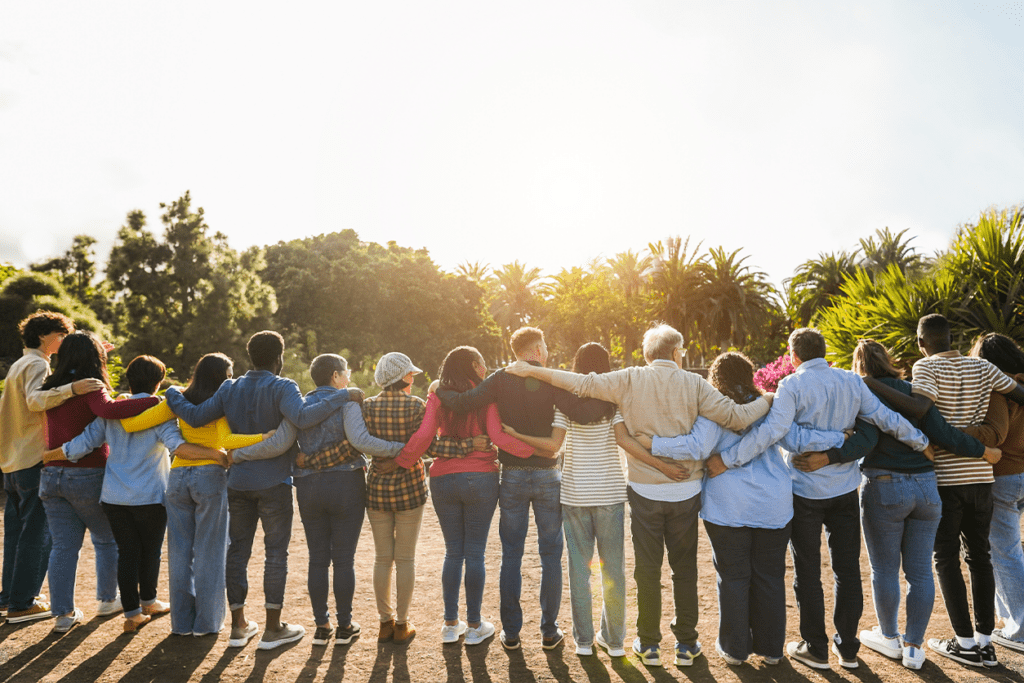
Vending machines stocked with life-saving supplies like Narcan and other clinic models can help prevent drug overdose deaths in hard-to-reach areas.
Partnerships are vital to reducing drug overdose deaths in our communities.
Deaths from drug overdoses in the United States are tragically ticking upward. The National Center for Health Statistics found that more than 111,000 people died from drug overdoses in the 12-month period ending in April 2023. This represents a 1.7 percent increase over the previous 12 months.
In response, the Centers for Disease Control and Prevention (CDC) has awarded $279 million to 49 states, the District of Columbia, and 40 local health departments to help prevent drug overdoses within their communities.
CDC advice to communities for reducing drug overdose deaths includes supporting harm reduction by expanding the distribution of and education about the life-saving opioid overdose reversal drug naloxone. Naloxone is commonly known by the brand name Narcan.
Naloxone saves lives
Primary.Health community vending machines enable communities to act quickly, effectively, and equitably to reduce drug overdoses in high-risk groups. We empower public health agencies and community-based organizations (CBOs) to provide community members with no-cost harm reduction supplies from vending machines on demand, in areas where they’re needed most. These items include but are not limited to naloxone, sterile syringes, and fentanyl test strips – along with instructions for their use.
Data from the National Institute on Drug Abuse (NIDA) shows that broad distribution of naloxone to community members and emergency personnel could avert 21 percent of opioid overdose deaths. Further, the majority of overdose death reduction would result when members of our communities have access to naloxone, the NIDA found.
Harm reduction remains a critical part of the solution alongside prevention, treatment, and recovery efforts. The growing overdose crisis, particularly among young people, requires tailored, comprehensive approaches to both reach and improve outcomes for various high-risk populations. Importantly, it also requires treating people struggling with addiction with respect, compassion, and no judgment.
In addition to supporting harm reduction, the CDC recommends several strategies local and public health departments can use to help prevent overdose deaths:
- Reduce barriers to proven treatment and recovery support services for all people who have substance use disorder(s), like medications for opioid use disorder. These services should include culturally tailored practices.
- Raise awareness about illegally made fentanyl and polysubstance use (the use of more than one drug) and reduce stigma around treatment, recovery, and harm reduction.
- Expand access to safe consumption sites (SCFs) or overdose prevention centers (OPCs).
- Expand education about substance use risks in populations that have been disproportionately impacted. SAMHSA estimates found that in 2021, American Indian or Alaska Native (36.1%) or Multiracial people (34.6%) were more likely to have used illicit drugs in the past year as compared to Black or African American (24.3%), White (22.5%), Hispanic or Latino (19.4%), or Asian people (11.1%).
As we conclude National Addiction Recovery Month, we recognize that communities have the power and responsibility to help our neighbors that struggle with addiction. And as your partner in community and public health, we share in that responsibility and are here to empower you to reach those in need of help.
Contact us today to learn more about our vending machines and other innovative community-based outreach that provide easy, accessible healthcare services that meet hard-to-reach folks where they are at.
